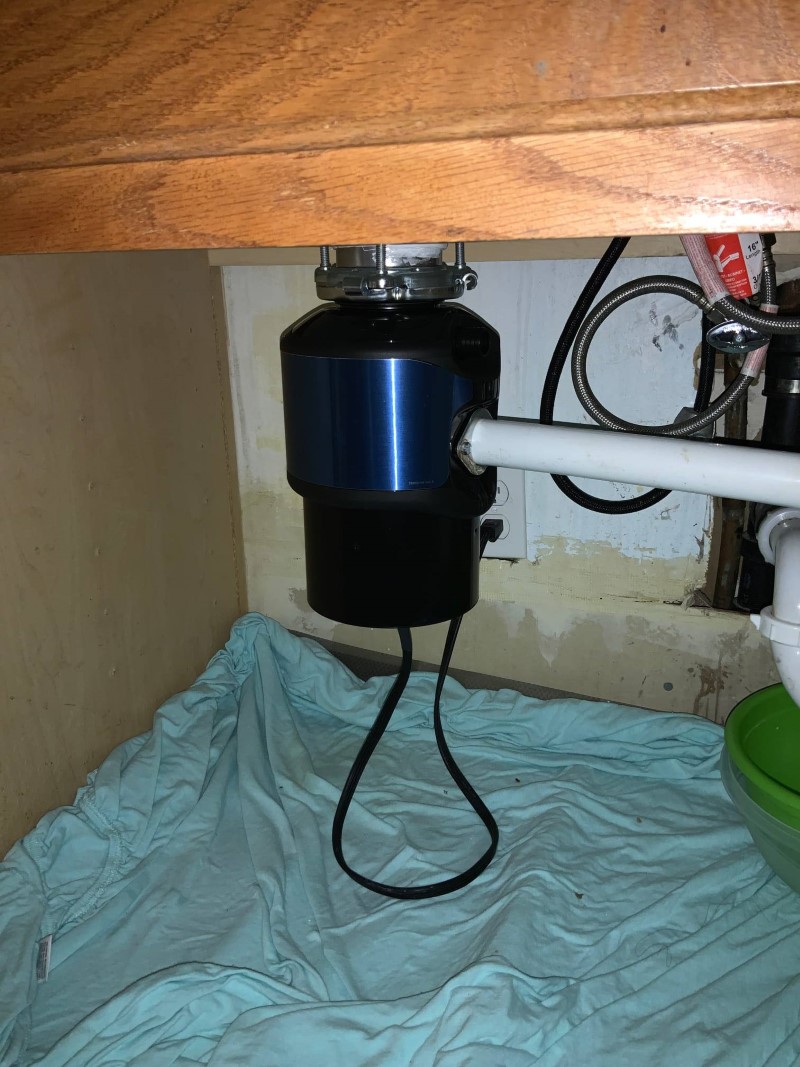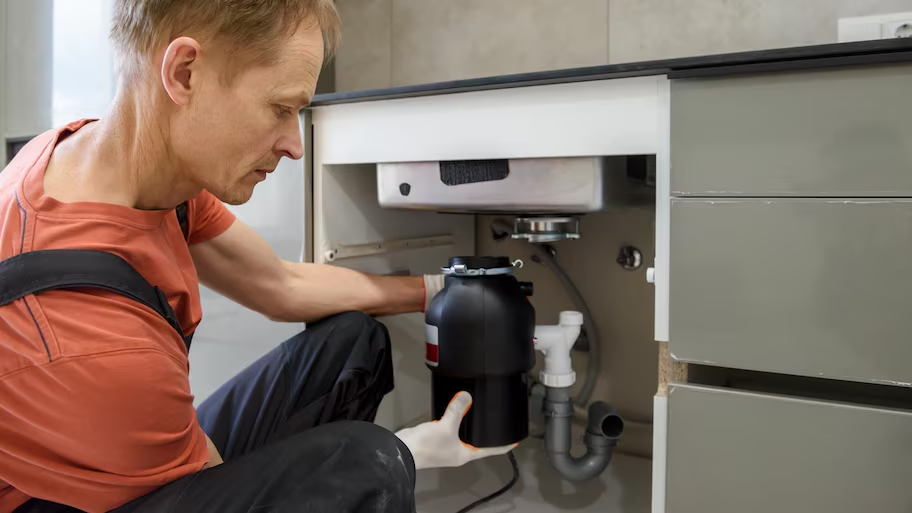Useful Methods for Fixing a Dripping Garbage Disposal
Useful Methods for Fixing a Dripping Garbage Disposal
Blog Article
Almost everyone maintains their private conception on the subject of Garbage Disposal Leaking From Bottom.

Waste disposal unit are crucial cooking area home appliances that assist in taking care of food waste effectively. Nevertheless, a dripping garbage disposal can be an irritating and messy trouble to manage. The good news is, lots of leakages can be dealt with easily with a few simple steps. In this article, we will certainly talk about just how to fix a dripping garbage disposal efficiently.
Introduction
Waste disposal unit are installed under kitchen sinks and are designed to shred food waste into smaller items, permitting it to travel through the pipes system conveniently. While these tools are usually reputable, leakages can occur over time due to wear and tear, loosened links, or damages to the device.
Usual Causes of Leaks in Waste Disposals
Worn Seals and Gaskets
Seals and gaskets play an essential function in protecting against water from dripping out of the garbage disposal. Gradually, these components can weaken, resulting in leakages around the disposal system.
Loose Links
The links between the garbage disposal and the plumbing system can become loose gradually, causing water to leak out during operation.
Fractures or Openings in the Disposal Device
Physical damages to the waste disposal unit, such as splits or holes in the housing, can additionally cause leakages.
Identifying the Resource of the Leak
Before trying to fix a leaking garbage disposal, it is essential to identify the resource of the leak. This can generally be done via visual examination or by carrying out easy tests.
Visual Assessment
Inspect the garbage disposal unit very carefully for any kind of indications of water leak. Pay attention to locations around seals, gaskets, and link factors.
Evaluating for Leaks
One method to check for leaks is by running water through the disposal unit and looking for any type of visible signs of leakage.
Devices and Materials Needed for Repairing a Leaking Waste Disposal Unit
Before beginning the fixing procedure, gather the essential tools and products, including a screwdriver, adjustable wrench, plumbing technician's putty, replacement seals or gaskets, and epoxy or patching material for fixing fractures or openings.
Step-by-Step Guide to Dealing With a Dripping Garbage Disposal
Shut off the Power
Prior to attempting any type of fixings, make certain that the power to the garbage disposal system is turned off to stop the danger of electrical shock.
Find the Leakage
Identify the specific place of the leak and figure out the cause.
Tighten up Links
Make use of a wrench to tighten any type of loose links in between the disposal device and the pipes system.
Change Seals or Gaskets
If the leakage is due to used seals or gaskets, eliminate the old elements and change them with brand-new ones.
Patching Fractures or Openings
For fractures or holes in the disposal device, use epoxy or an appropriate patching material to secure the broken area.
Examining the Garbage Disposal After Fixing
When the repair is full, test the garbage disposal by running water via it to make certain that the leak has actually been resolved.
Preventive Maintenance Tips to Avoid Future Leakages
To avoid future leaks, it is necessary to perform routine maintenance on your garbage disposal. This consists of keeping it clean, avoiding placing non-food items or hard objects down the disposal, and periodically looking for leaks or other concerns.
Final thought
Finally, taking care of a leaking waste disposal unit is a relatively simple procedure that can be finished with standard devices and products. By complying with the steps laid out in this post and exercising preventive maintenance, you can maintain your garbage disposal in good working problem and stay clear of pricey fixings in the future.
HERE’S HOW TO FIX YOUR GARBAGE DISPOSAL
WHAT TO DO IF SOMETHING IS STUCK IN YOUR GARBAGE DISPOSAL
If the impeller won’t turn, there’s probably something stuck in the disposal. It could be a steak bone or peach pit, although plumbers report pulling all sorts of inappropriate objects out of disposals, such as bottle caps or aluminum foil. Make sure power to the disposal is off, and look inside to see if you can see the source of the jam.
Never stick your fingers in a disposal. Pull out anything you see with tongs or pliers.
If the disposal still won’t work, it may be time to call a plumber or consider buying a new disposal. GEM Plumbing & Heating is here for all of your garbage disposal needs.
WHAT TO DO IF YOUR GARBAGE DISPOSAL DRAIN IS CLOGGED
Take everything out from underneath your sink and put a bucket or other container under your disposal to catch any water that drains out. Disconnect your disposal from the power supply. If it’s plugged into a wall outlet, unplug it. If it’s hardwired into an electrical box, go to the electrical panel and turn off the breaker for the disposal. Pour ¼ cup of baking soda into the drain, followed by ½ cup of white vinegar. Give the solution a few minutes to fizz and do its work. Look into the disposal with a flashlight to see if you can see an object that might be causing the clog. If you see it, remove it using tongs or pliers. MORE TIPS ON DEALING WITH A CLOGGED GARBAGE DISPOSAL
Never use drain cleaner in a garbage disposal. It can damage the plastic parts inside the disposal. You can also be splashed with the caustic liquid while working to clear the clog. Beware! Never stick your fingers into a garbage disposal. Trust us — not a good idea. In many instances, your dishwasher drains through your garbage disposal. This allows the disposal to grind any large food particles that may be drained out of your dishwasher. There are some jurisdictions, however, where the plumbing code prohibits such a connection. WHAT TO DO WHEN YOUR DISHWASHER DRAINS THROUGH THE DISPOSAL
Run some water in the sink so your plunger has at least a ½-inch of water to create a seal and plunge vigorously up and down several times. You may need to repeat this several times. Run hot water down the drain to clear any residue that remains.

We had been shown that editorial on Why Is through someone on a different website. Enjoyed our blog entry? Please share it. Help another person check it out. Kudos for your time. Come back soon.
Detail Report this page